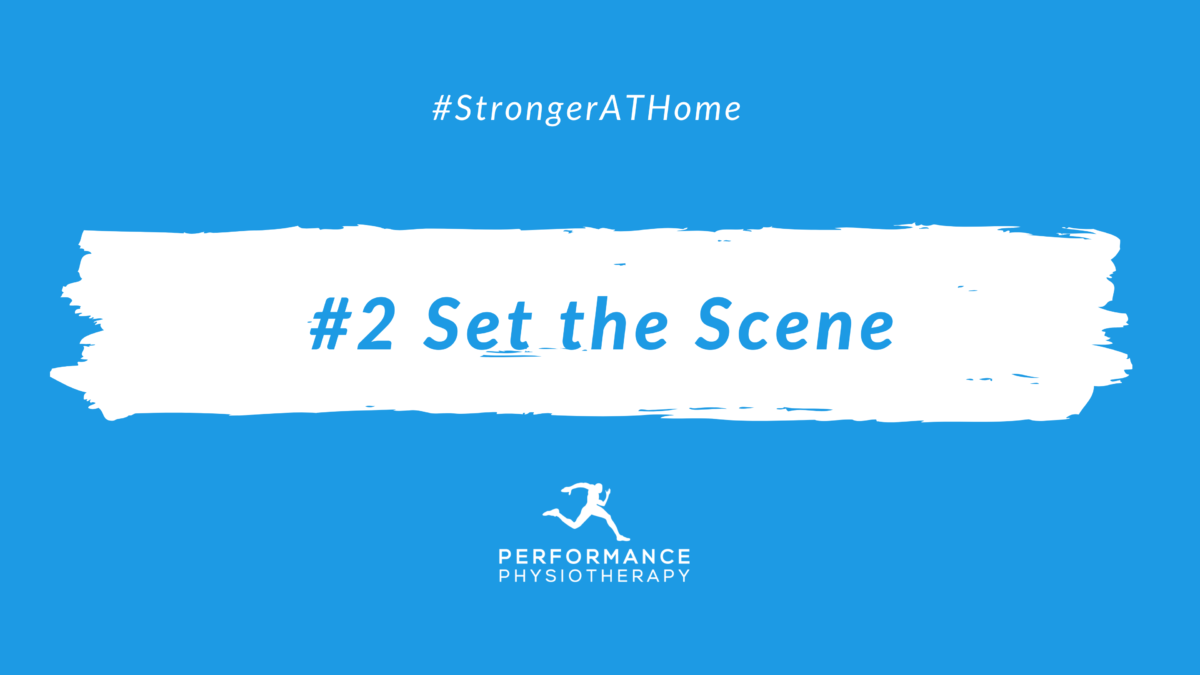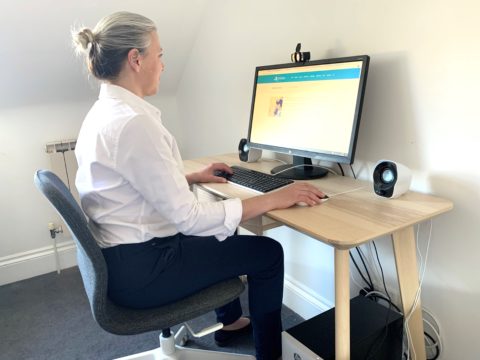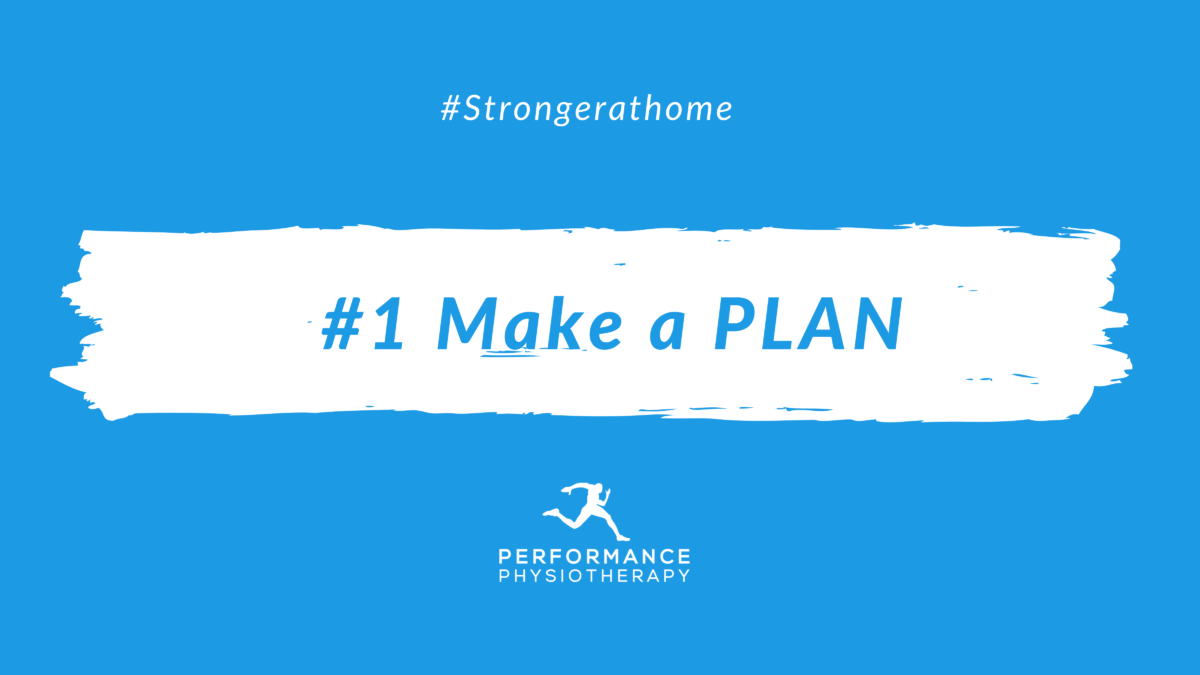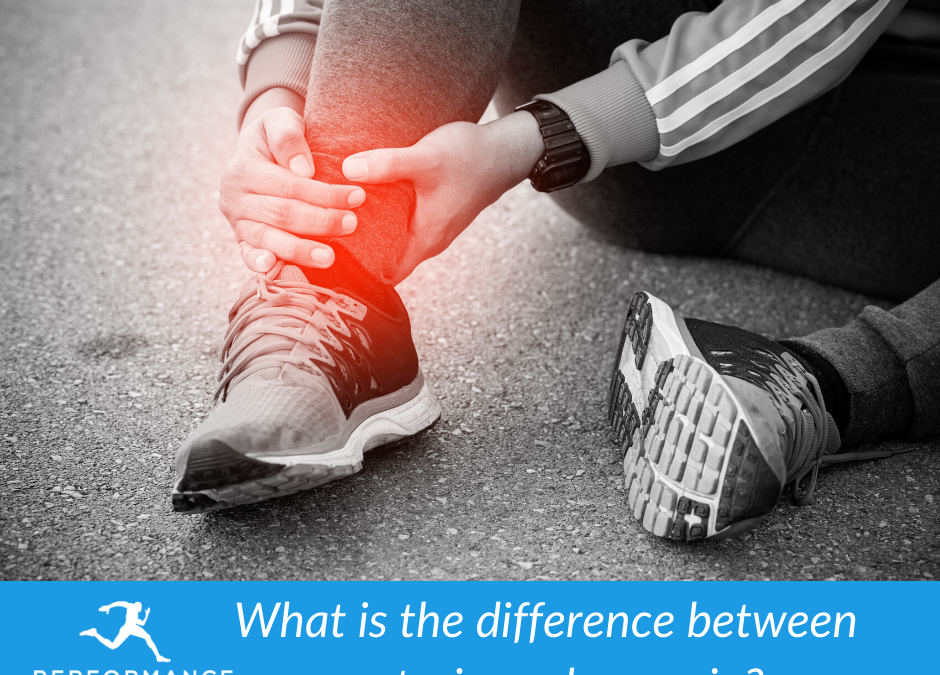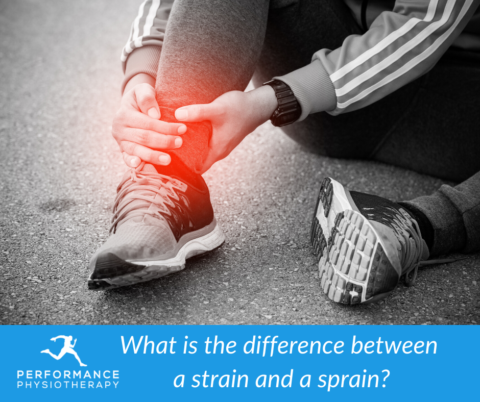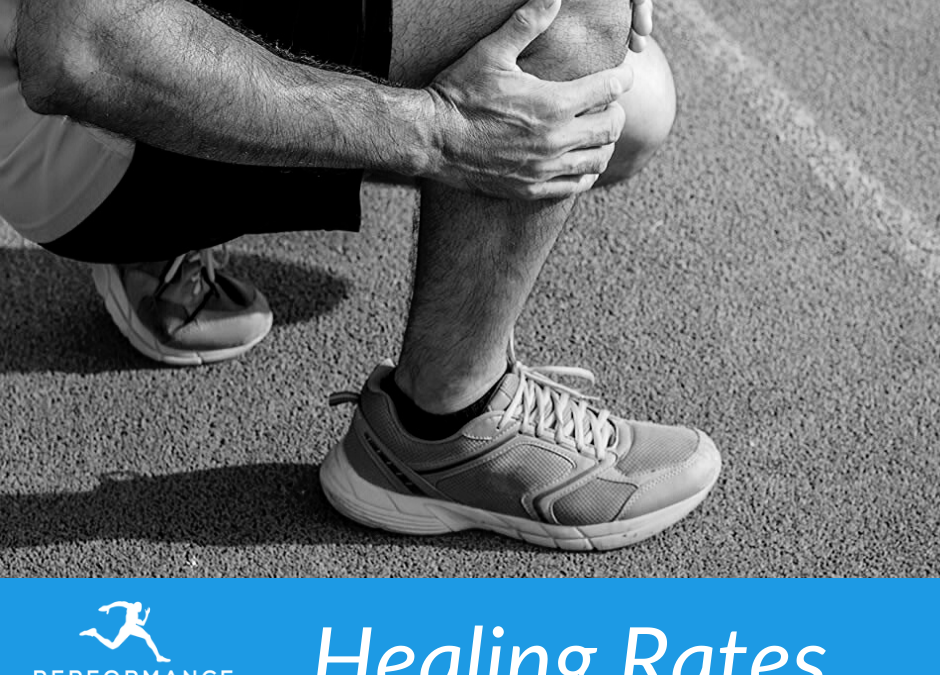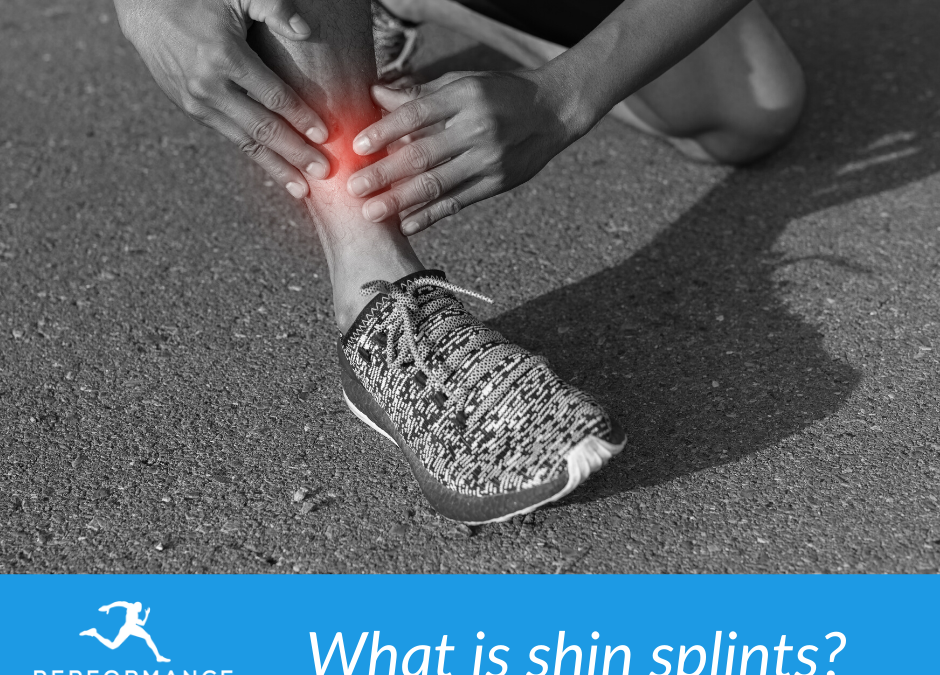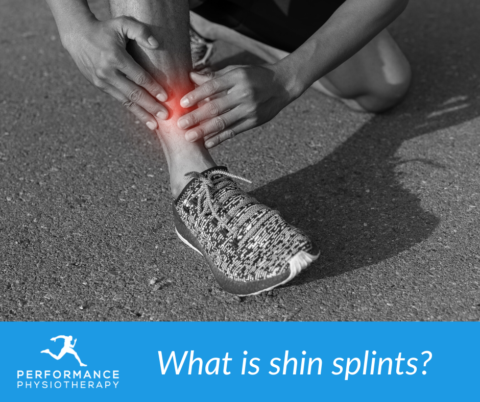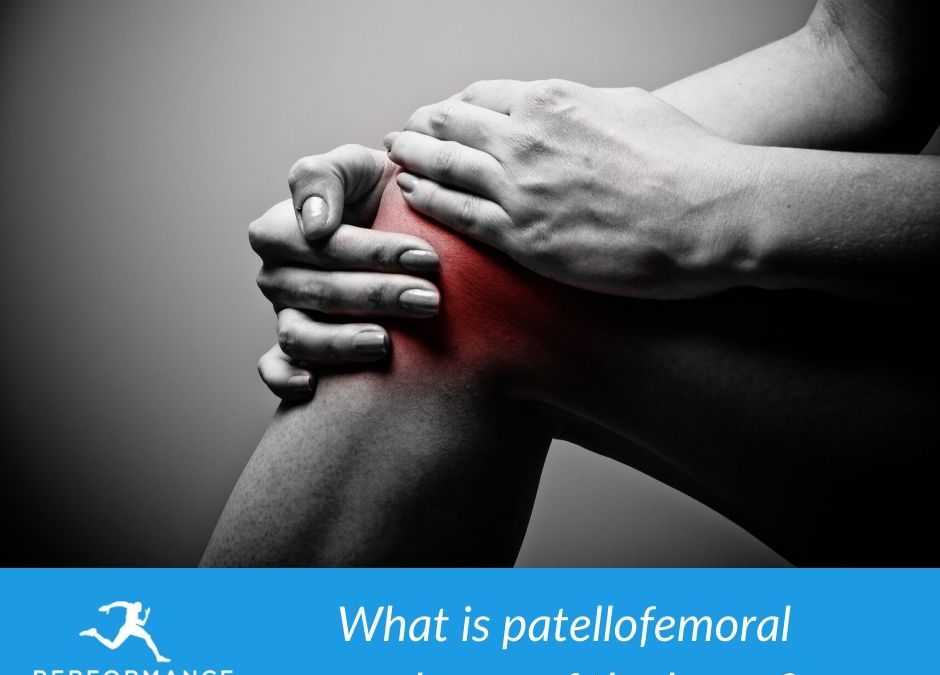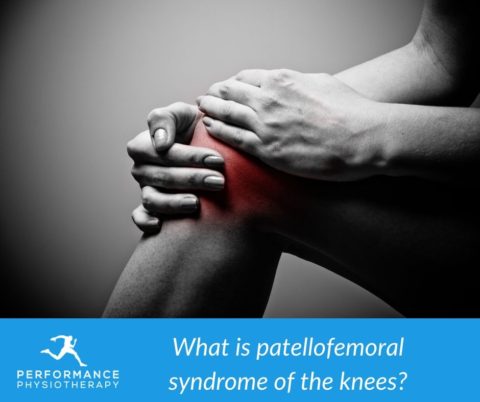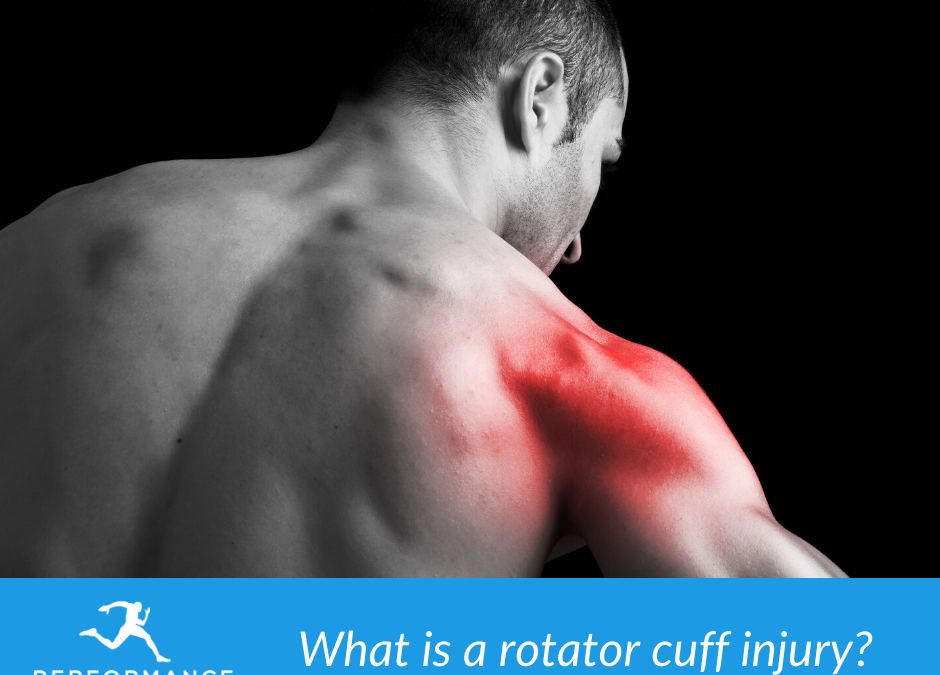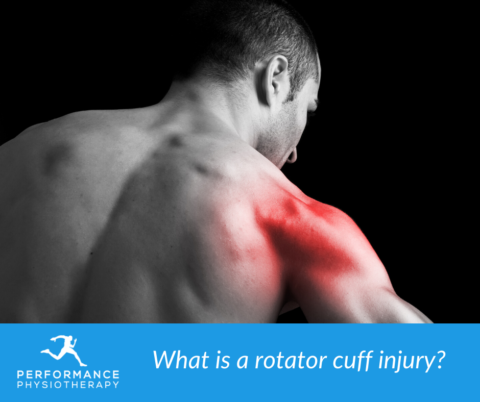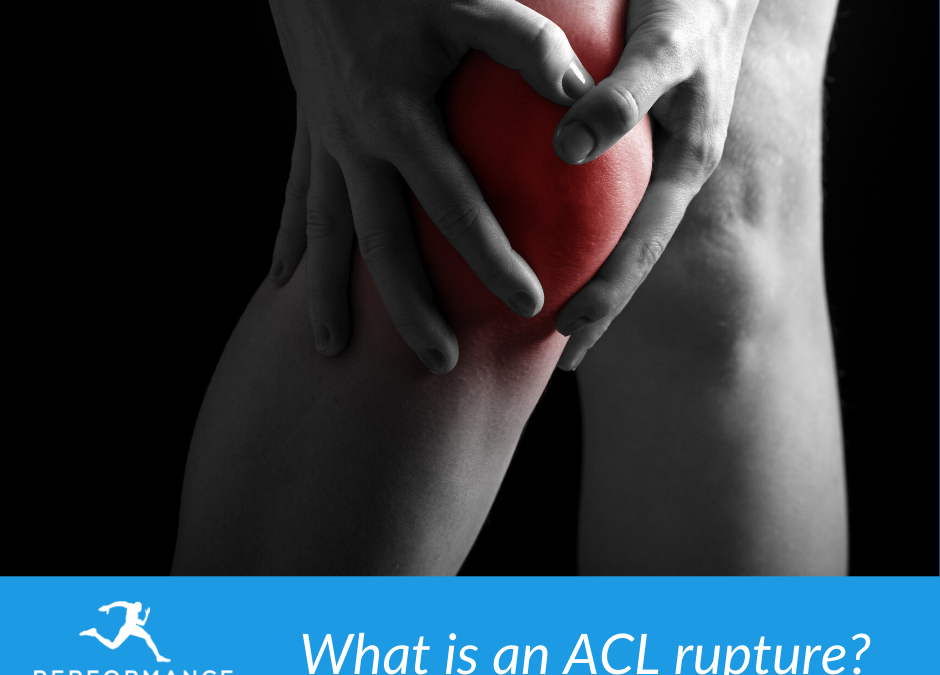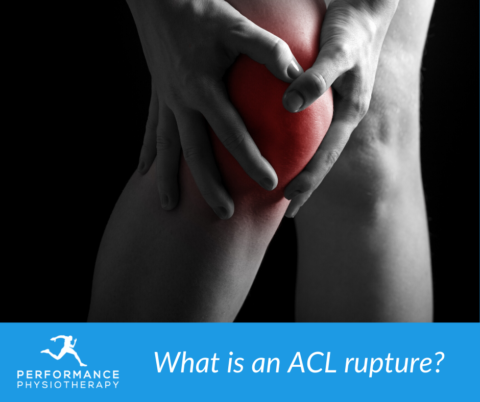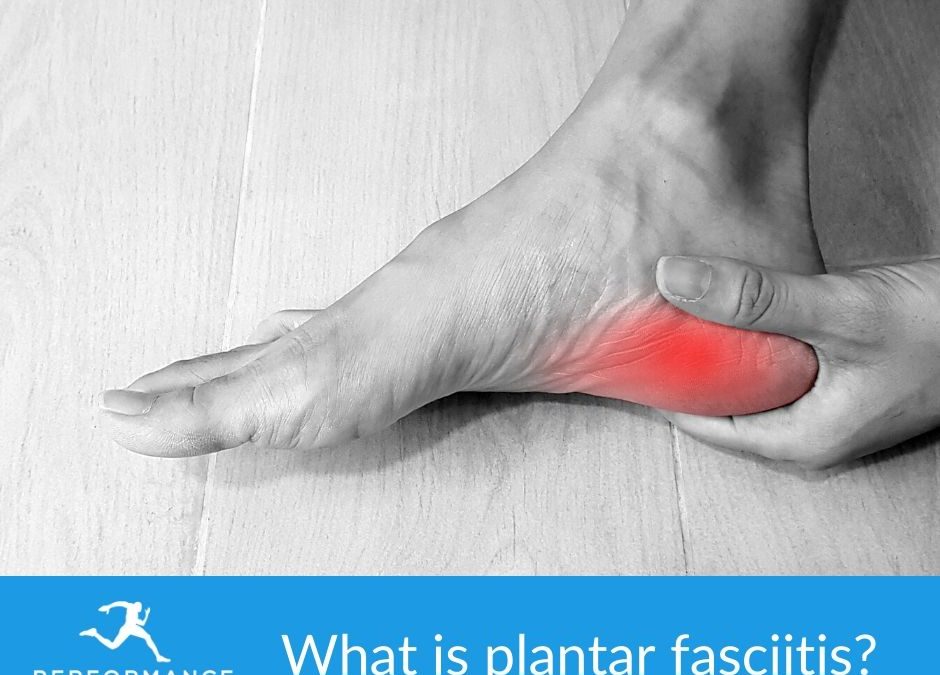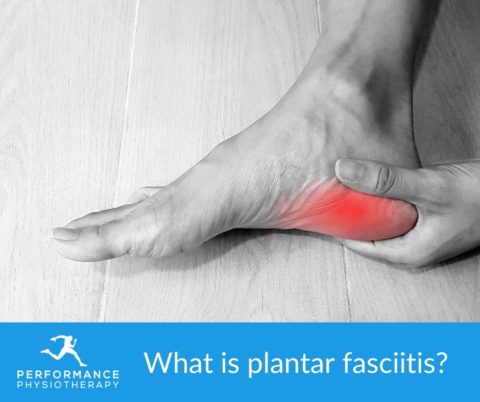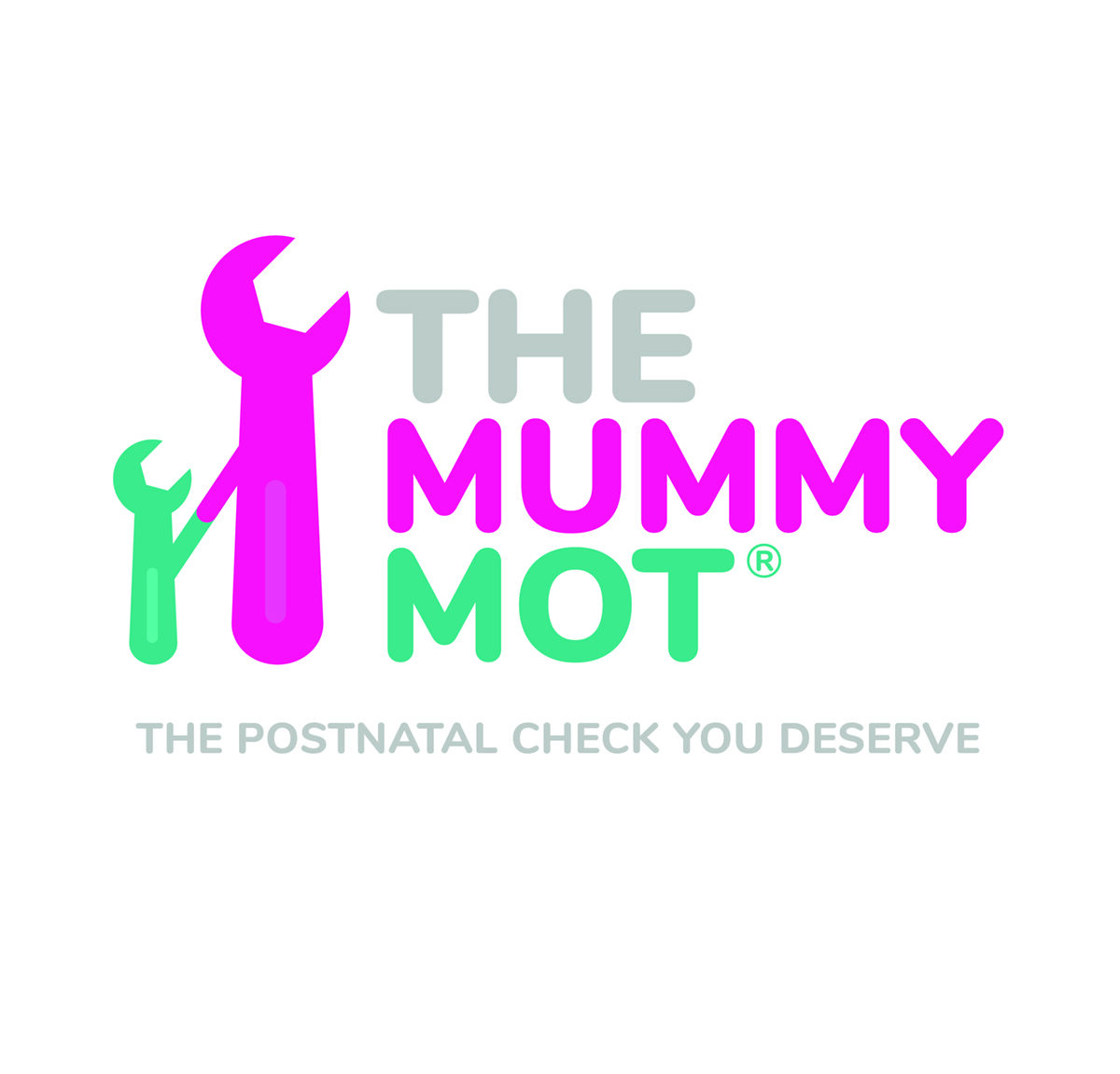In our last blog post ‘Make a Plan’ we discussed the importance of organising our diary to include allocating blocks of time to both exercise and relax.
Today we are ‘Setting the Scene’ for both work, and play, within your house! This is both with your workstation and a chosen area for exercise within your house.
Of course exercise outside is required, however this is weather permitting, and at the moment, for good reason, we are restricted to outdoor exercise once a day!
The Home Workout area
It’s important to decide on an area that you will choose and return to for daily exercise. Often this will be as simple as moving some furniture to create space in the middle of your lounge – see Alex’s morning routine area below.
Or you can choose to designate a corner of your bedroom or spare room to lay out some equipment (More to come on what equipment is best for home workouts in another post)
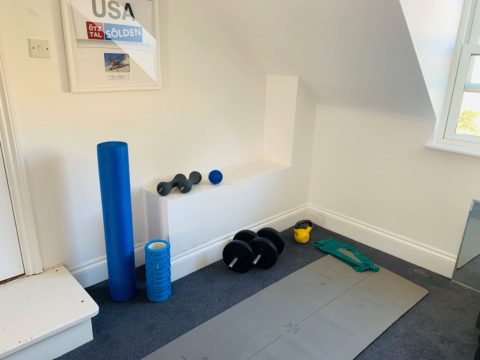 Home work-out area
Home work-out area
The Home Workstation
When it comes to your homework station you may feel that you can get away with a laptop on the sofa or sitting with a dining chair at the table. You can get away with this …. but only for a small amount of time! We have come across a number of people who have developed neck and back pain doing this. Remember that now you are working your full work day at home and a good set up will help reduce the likelihood of you getting some of these problems. Our advice is to formalise this area as much as possible. This may mean ordering in certain equipment, extra monitors, office chair, external keyboard to get the best possible set up. Likewise, you can simply convert your laptop by adding a keyboard and raising this toward eye level using books.
As a general rule you are aiming to be looking near the top of your screen with your elbows around 90° to your shoulders and at the level of your table. Your hips and knees should be at 90° to each other and to the floor with your feet flat on the floor.
In the seated photos, Alex looks like she is sitting up with a fairly straight back. This position is comfortable for her for a short while. After a little while it is likely that she will then ‘slump’ into her chair and be supported by the back of the chair. Both of these postures, upright and slumped, are perfectly fine – all for short amounts of time. The key to reducing aches and pains that are commonly associated with sitting at a computer work station is to vary your posture and position – there is no such thing as a perfect posture! This is where the makeshift kitchen stand-up desk comes in. The great thing about this is that Alex and I can still ‘home school’ the kids and work at the same time (Good luck to all the Mum’s and Dad’s out there juggling the same gig!)
Desk-top set up
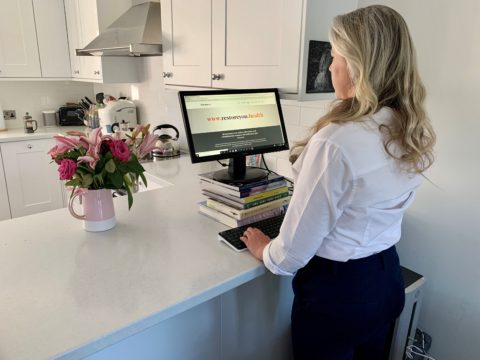
Makeshift kitchen stand-up desk
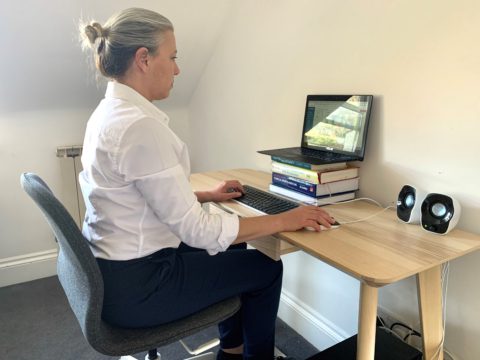
Ergonomic laptop set up
Over the past two weeks, since we have been doing online video consultations, we have found that people who have decided on areas within the house to work out and who have formalised their workstations have been well set up to avoid injury and improve general health. They are more relaxed and are certainly more in control of their situation. At a time when we have little external control it is vital to boost your internal control – making the time to make your environment organised, comfortable, and easy to foster good habits #StrongerATHome
Now you’re all set and it’s time to go!
We would love to see your workout stations and workstations so please share your photos to our facebook page – let’s get imaginative!

